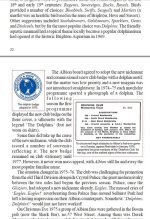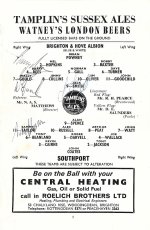Spencer Vignes
Active member
- Oct 4, 2012
- 168
- Thread starter
- #41
A fantastic thread of contributions over the past couple of days. Thanks for all your comments and memories. We'll do it again ahead of the visit of Wolves next week, focusing on a different season from the Goldstone years (I'll post details late Sunday/early Monday). Feel free to connect with me [MENTION=23620]Spencer[/MENTION]Vignes if you're into the modern way. If a technophobe like me can get their head around it, then anyone can.



